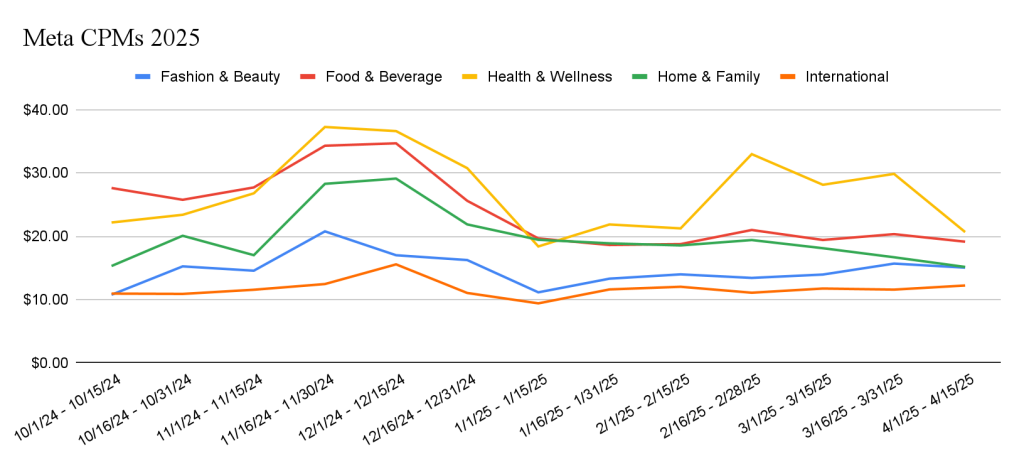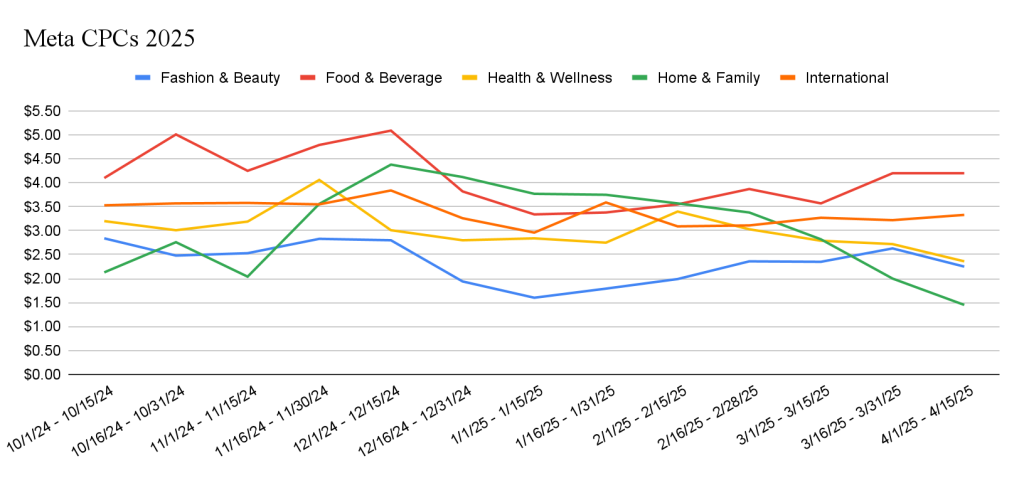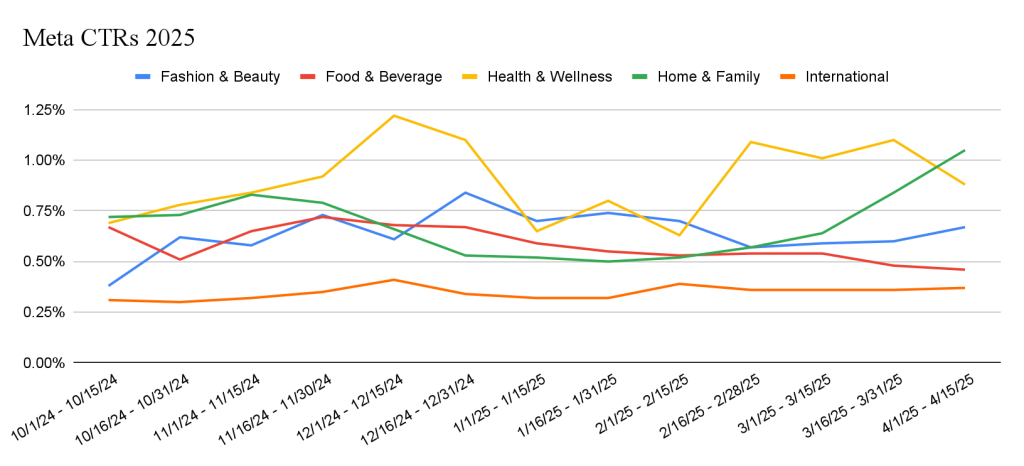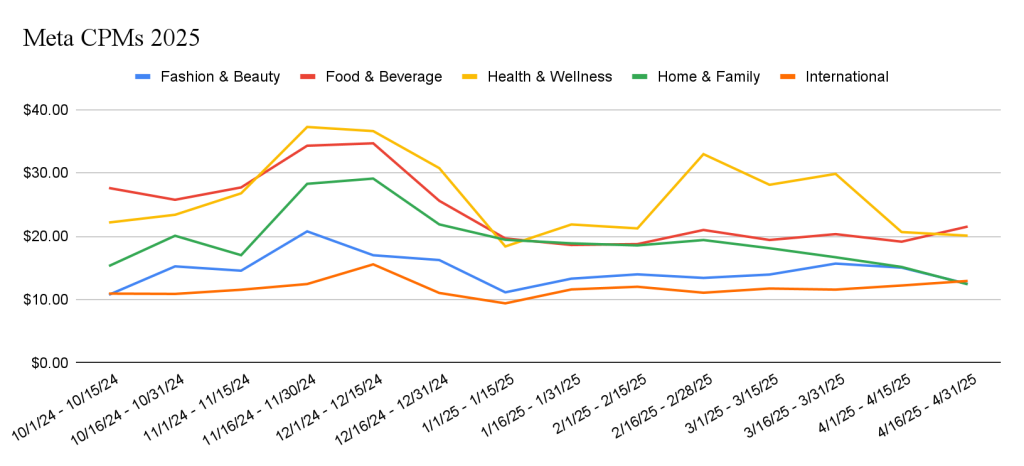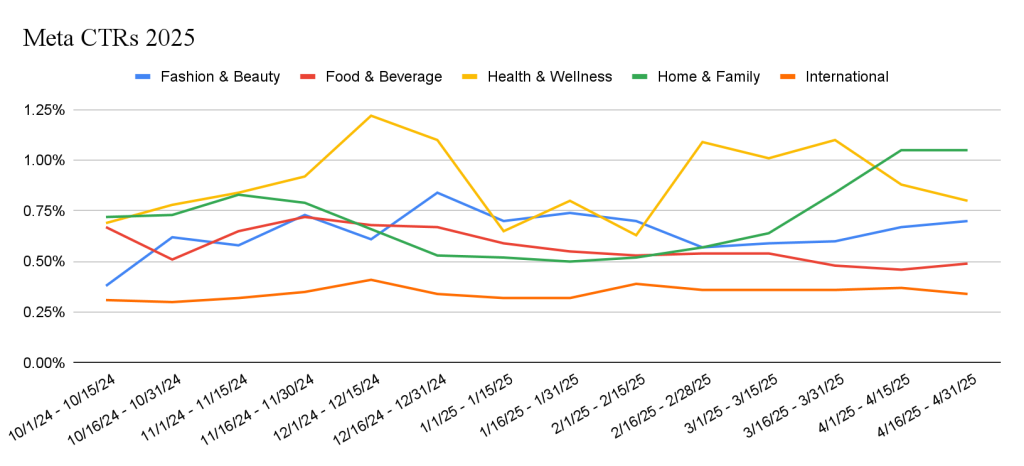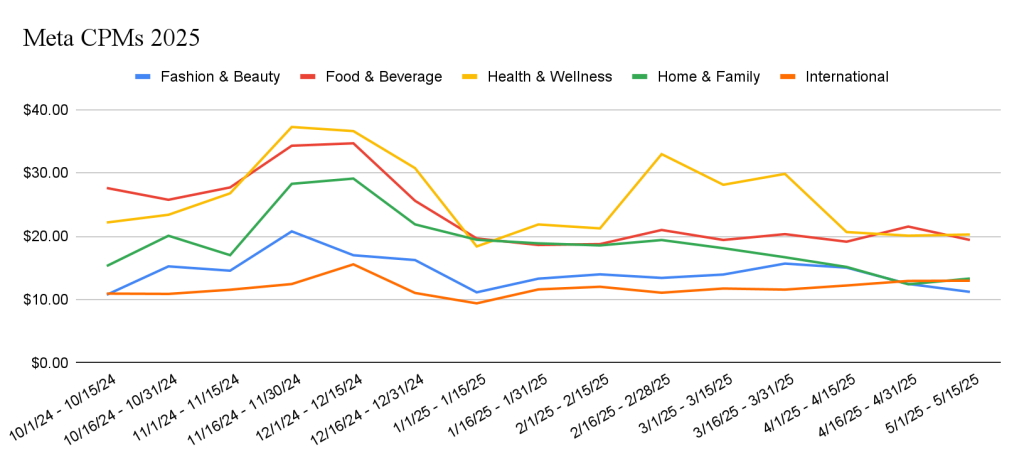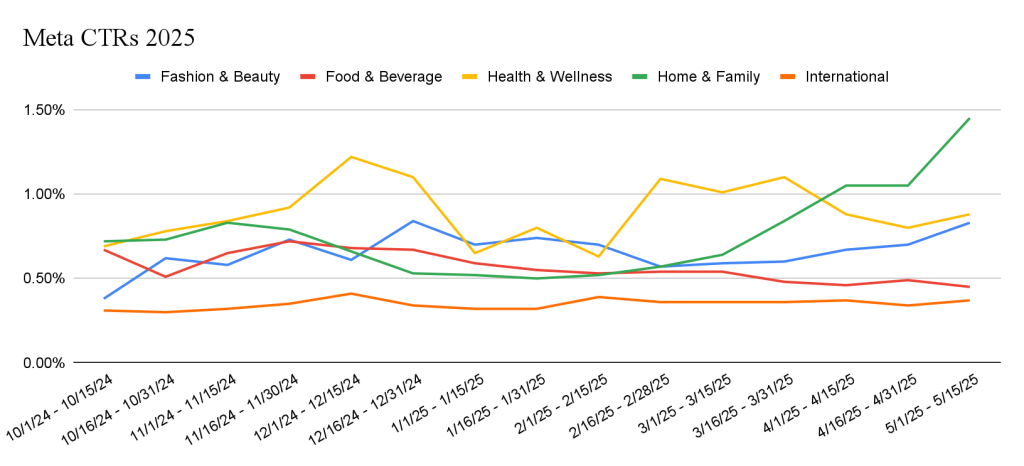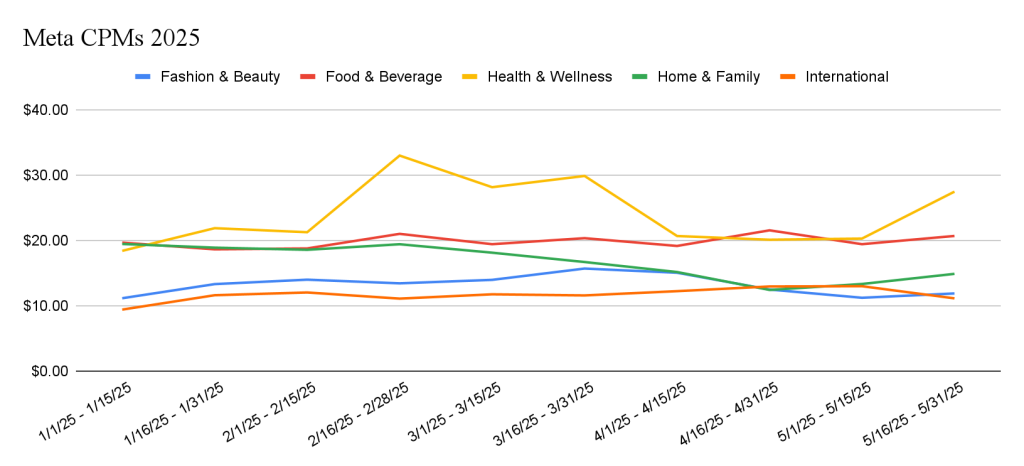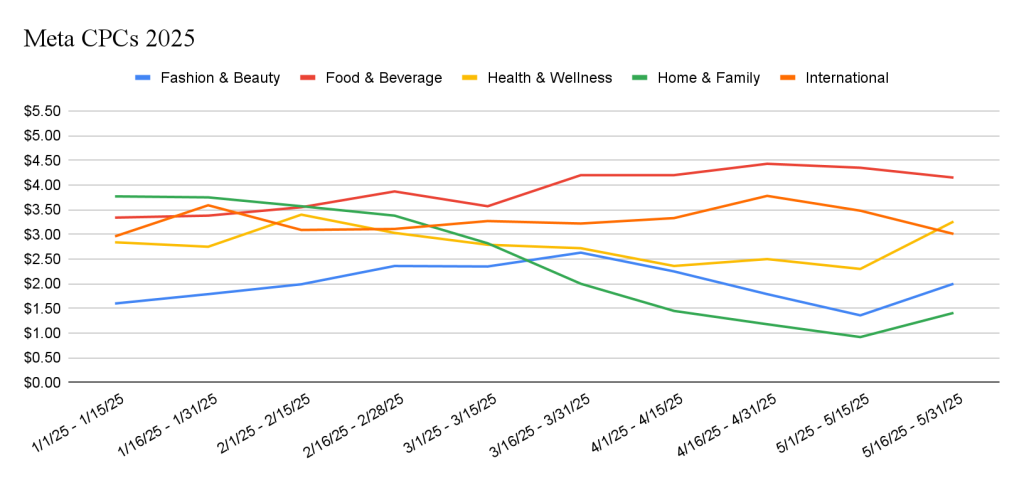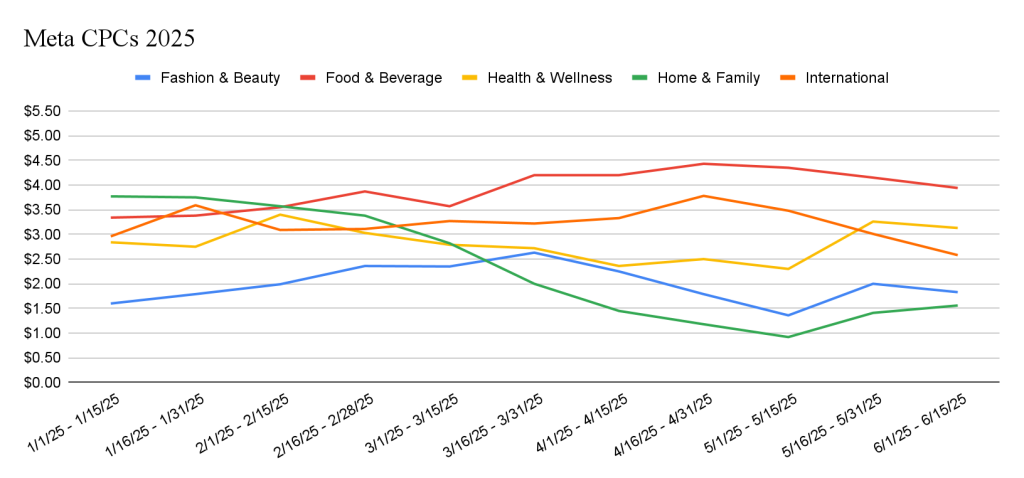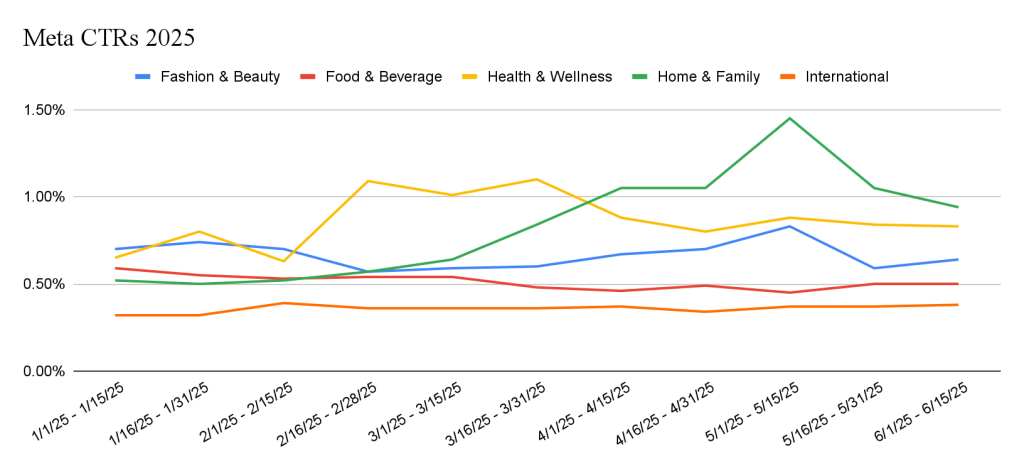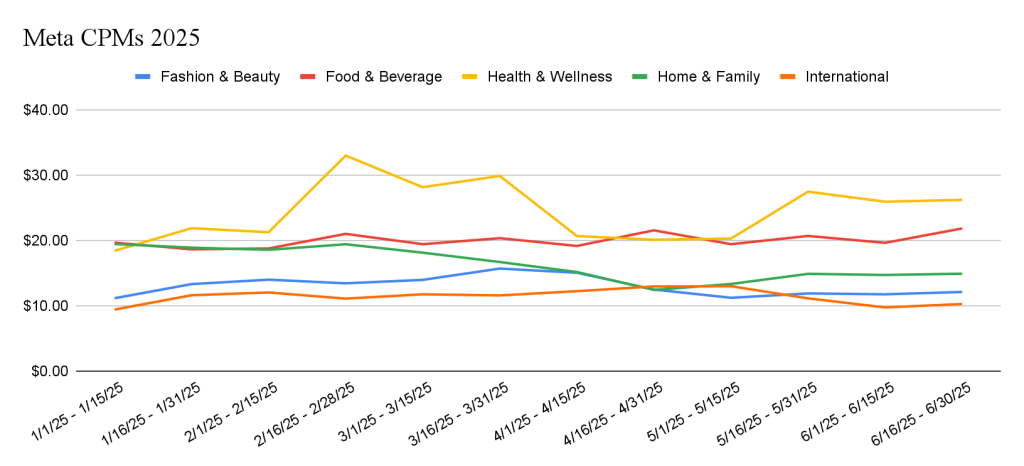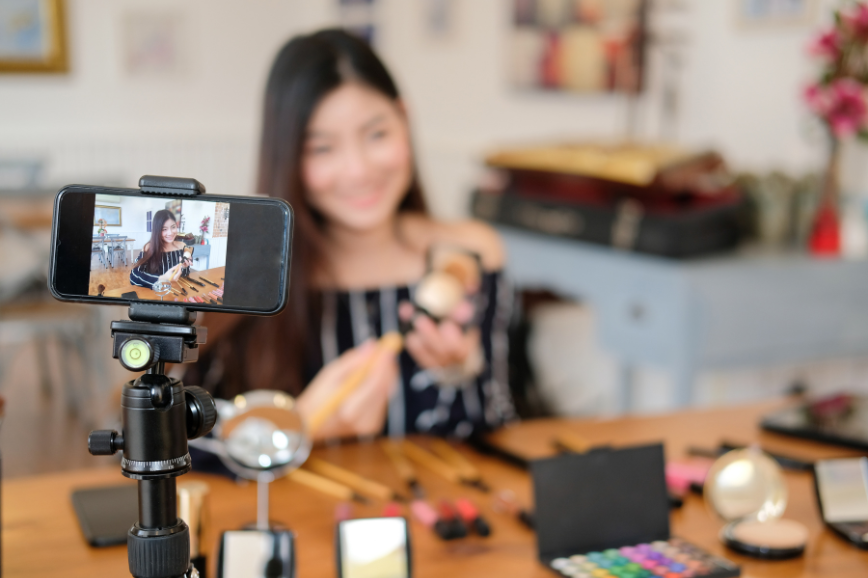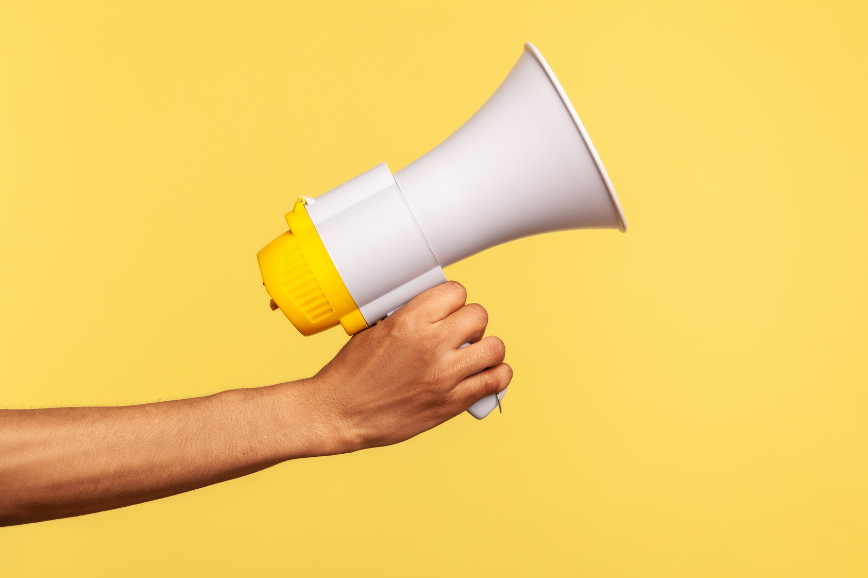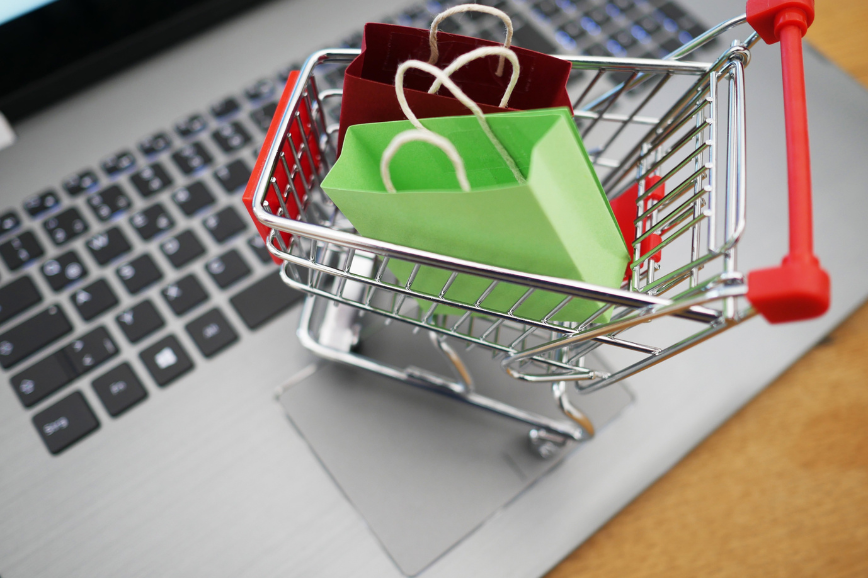Top Marketing Trends for 2026: Performance, Digital, Content & AI Strategies Redefining Growth

Marketing is entering a new era. The most successful digital marketing strategies for 2026 are powered by trust, creativity, and automation that actually perform. From AI in marketing to content and influencer marketing trends, 2026 will demand precision, transparency, and better measurement across every channel.
Looking Back at 2025 — What Actually Happened
Before we map 2026, a quick reality check on what shaped 2025:
- Authenticity won out. Micro- and nano-influencers consistently beat celebrity blasts on engagement and trust.
- Retention rose in priority. With higher media costs, teams invested more in loyalty, re-purchase flows, and win-backs.
- First-party data moved centre stage. Brands built stronger collection points (quizzes, forms, loyalty) and cleaner pipelines for segmentation and measurement.
- Ad mixes diversified. Marketers tested CTV, native, and commerce media to reduce reliance on a single walled garden.
- Content met commerce. Shoppable video and live formats shifted from pilot tests to everyday tactics.
- AI entered production. Generative tools sped up creative and copy, while ethics and disclosure became part of the brief.
Why it matters for 2026: these outcomes set today’s baseline. The job now isn’t to “try” them — it’s to systemise, measure, and scale them with better data, AI oversight, and clearer ROI guardrails.
Here’s what every marketer should prioritise now:
1. Influencer Marketing 2026: The Creator Economy Matures
Micro- and nano-influencers remain highly effective for trust and niche relevance. In 2026, brands will increasingly combine them with larger creators who bring scale alongside performance measurement.
How to make it work:
- Use creator marketplaces (e.g., Collabstr, TikTok Creator Marketplace, Meta tools) to identify high-engagement talent.
- Structure partnerships over 6-12 months with specific KPIs tied to outcomes like repeat purchase or new signup.
- Integrate influencer content into the overall performance marketing strategy for full-funnel visibility.
2. Digital Marketing Strategies 2026: Loyalty Outperforms Acquisition
With rising media costs and data limitations, retention and loyalty are becoming as important as new-customer acquisition.
Action steps:
- Develop loyalty programs and automated flows to increase repeat purchase rates.
- Use interactive content (surveys, quizzes, loyalty offers) to collect zero-party/first-party data for future targeting.
- Allocate budget with an eye toward lifetime value and re-engagement, not just initial conversion.
3. Performance Marketing Trends 2026: Privacy, First-Party Data & Clean Rooms
Third-party cookies are no longer the sole focus — performance marketers now must build robust first-party data ecosystems and privacy-safe infrastructure.
Key strategies:
- Create interactive data capture methods (quizzes, gated content, loyalty sign-ups).
- Enable clean-room partnerships (e.g., using AWS Clean Rooms or Snowflake) to link data while respecting privacy.
- Shift from granular third-party targeting to behavioural cohorts built on your own data assets.
4. Retail & Commerce Media Take Centre Stage
Retail media networks (RMNs) and commerce media channels are experiencing rapid growth and are expected to capture a larger share of ad spend in 2026. For example, worldwide retail media advertising was projected at $169 billion in 2025.
What brands should do:
- Activate with major RMNs (Amazon Ads, Walmart Connect, Instacart Ads) while aligning with your performance funnel.
- Use retailer-owned data for remarketing and repeat purchases.
- Integrate RMN campaign outcomes into your measurement stack for incrementality and long-term value.
5. Content Marketing Trends 2026: Shoppable Everything
Content is no longer just storytelling — it’s commerce. Shoppable video, livestream shopping, and integrated commerce experiences will be must-haves in 2026. For example, experts estimate live commerce could account for up to 20% of e-commerce transactions by 2026.
What to test:
- Embed product links in videos and social posts (“Watch & Buy” formats).
- Host livestream shopping events with products, Q&A, and exclusive offers.
- Expand into CTV (connected TV) or second-screen video formats that allow direct product actions.
6. AI in Marketing 2026: From Tools to Agents
Generative AI is already widely used; in 2026 the focus turns to AI agents — systems that can plan, execute and optimize campaigns autonomously while remaining under human oversight.
Best practices:
- Use AI for creative generation, media testing and optimization workflows, but maintain human review for brand tone and trust.
- Be transparent: indicate when AI is part of your campaign creation (“Co-created with AI”).
- Combine AI insights with your own first-party data to personalize experiences authentically and ethically.
7. Optimising for AI Assistants & Voice Search
As AI-driven search (e.g., ChatGPT, Gemini, Perplexity) shapes user behaviour, marketers must optimise content for natural-language queries and FAQ formats.
Practical steps:
- Structure content with clear Q&A markup and long-tail phrases.
- Add FAQ schema to appear in featured snippets and AI answers.
- Prioritise helpful, human language over keyword stuffing.
8. Measurement Reset: Incrementality over Attribution
As ad channels fragment and data signals become more complex, measurement needs to evolve. Linear attribution is no longer enough.
How to adapt:
- Conduct incrementality tests (hold-out groups, geo tests) to isolate media impact.
- Adopt media mix modelling (MMM) alongside analytics that track creative fatigue and engagement decay.
- Build dashboards that tie performance back to lifetime value, not just last-click conversions.
9. Ad Spend Outlook & Media Inflation
Global ad spending is still growing, though at a moderating pace: recent forecasts indicate a rise of 7.4% in 2025 to ~US$1.17 trillion, and 8.1% in 2026 to ~US$1.27 trillion.
Implications for marketers:
- Plan for higher CPMs and longer learning curves for new channels.
- Emphasise budget flexibility, creative testing cadence, and channel diversification.
- Prepare media buying strategies that account for inflation and shifting mix (digital continuing to dominate).
Key Takeaways for 2026 Marketing
- Automate with clarity. AI agents powers are real — but transparency and human oversight build trust.
- Own your data. First-party data, clean-rooms and loyalty ecosystems are now foundational.
- Invest in commerce-enabled content. Shoppable video and retail media channels are expanding rapidly.
- Measure smarter. Incrementality, MMM and lifetime value tie campaigns to long-term impact.
- Stay agile. As performance marketing trends 2026 emerge, the brands that test, learn and pivot fastest will win.
Ready to dive deeper and truly transform your marketing strategy this year? Contact GeistM to see how we can help elevate your game in 2026 and beyond. Let’s make it a year to remember!
AI agents, retail and commerce media, shoppable and immersive content, voice and AI-assistant search optimisation, stronger first-party data strategies, and modern measurement (MMM + incrementality) are the key trends shaping digital and performance marketing in 2026.
Prioritise helpful, natural-language content structured as questions and answers, add FAQ and How-To schema where appropriate, use concise definitions and summaries, and ensure authoritative sourcing so your answers are eligible for AI-generated results and featured snippets.
Yes. A hybrid approach works best: long-term partnerships with micro or nano creators for trust and niche relevance, complemented by larger creators for efficient reach. Tie creator activity to concrete KPIs like repeat purchase, ROAS, and lifetime value.
Own first-party data, activate retail and commerce media, deploy AI for creative testing and predictive optimisation with human oversight, use shoppable video and live commerce, and measure impact with incrementality tests and media mix modelling rather than last-click attribution.
Very. Owned brand communities (e.g., Discord, private apps) build durable engagement and first-party insights, while clear sustainability reporting and purpose-led messaging help build trust and drive retention.
Expect continued reallocation towards retail media, search within retailer ecosystems, CTV and video, and high-performing paid social. Plan for longer learning phases and higher CPMs, and reserve budget for creative refreshes and testing.



